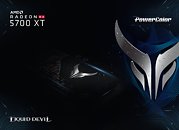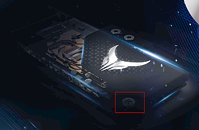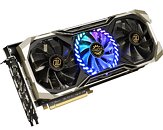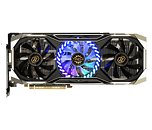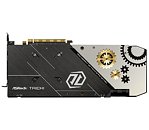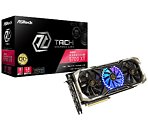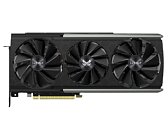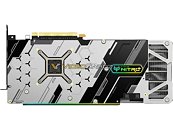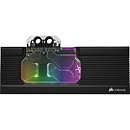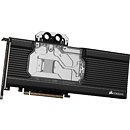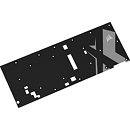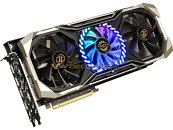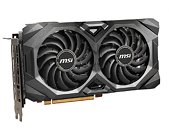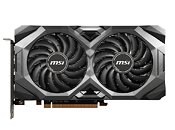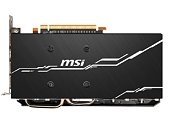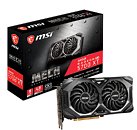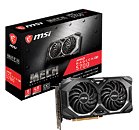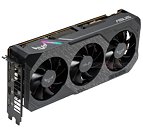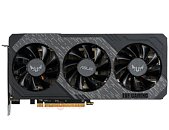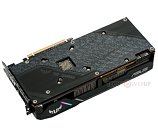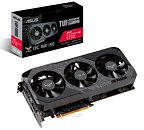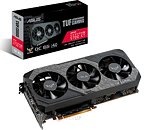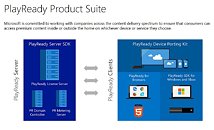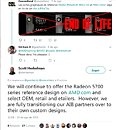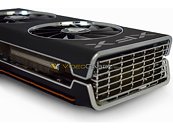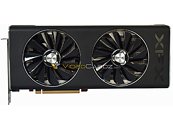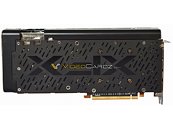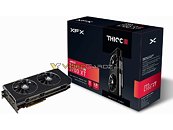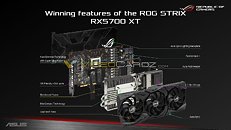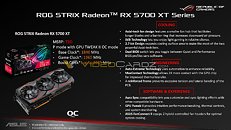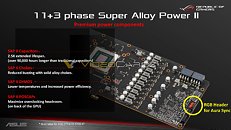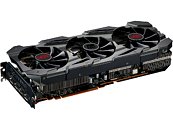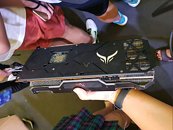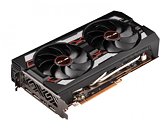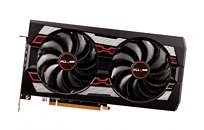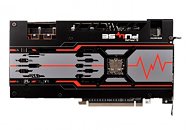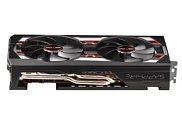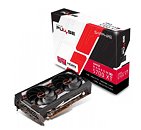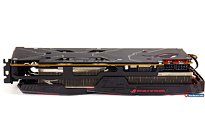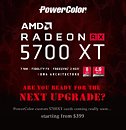
Alphacool Unveils Eisblock Aurora Plexi GPX-A Water Blocks for Radeon RX 5700 Series
Alphacool today unveiled the Eisblock Aurora Plexi GPX-A line of full-coverage water blocks for a range of custom-design AMD Radeon RX 5700 series graphics cards. The lineup includes a model for the Sapphire RX 5700 XT Nitro+, one for the PowerColor Red Devil and Red Dragon models of RX 5700 and RX 5700 XT, and one for the MSI RX 5700 XT Gaming X. The common element between the three is a combination of nickel-plated copper primary material, mated with a clear acrylic top. The three weigh roughly 1.2 kg, and feature mount hole spacing aligning with PCBs from the three brands. Available now, the blocks cost 109.94€ a piece.
The Sapphire-specific model is compatible only with the RX 5700 XT Nitro+, and measures 260 mm x 141 mm x 23 mm (LxHxW). The PowerColor-specific model, which supports the common PCB PowerColor uses across its Red Devil and Red Dragon models based on the RX 5700 and RX 5700 XT, measures 238 mm x 143 mm x 23 mm. The MSI-specific model is the longest among the three, measuring 293 mm x 139.3 mm x 22.5 mm, supporting the RX 5700 XT Gaming X. All three support standard G 1/4" fittings.
The Sapphire-specific model is compatible only with the RX 5700 XT Nitro+, and measures 260 mm x 141 mm x 23 mm (LxHxW). The PowerColor-specific model, which supports the common PCB PowerColor uses across its Red Devil and Red Dragon models based on the RX 5700 and RX 5700 XT, measures 238 mm x 143 mm x 23 mm. The MSI-specific model is the longest among the three, measuring 293 mm x 139.3 mm x 22.5 mm, supporting the RX 5700 XT Gaming X. All three support standard G 1/4" fittings.




